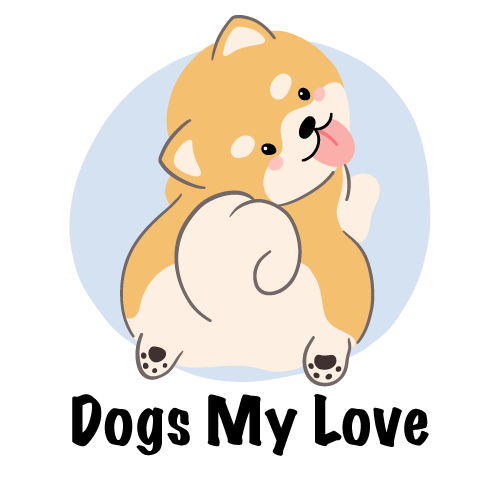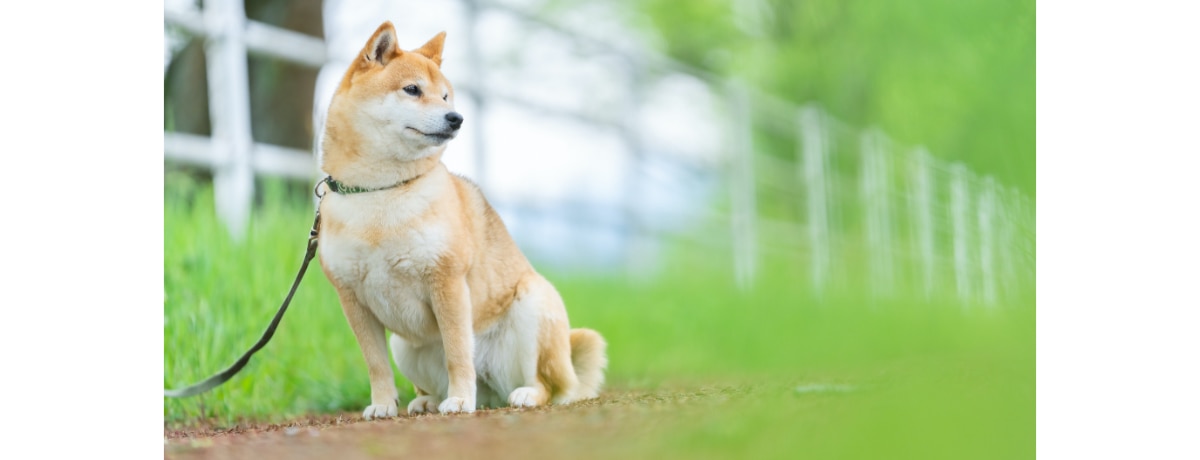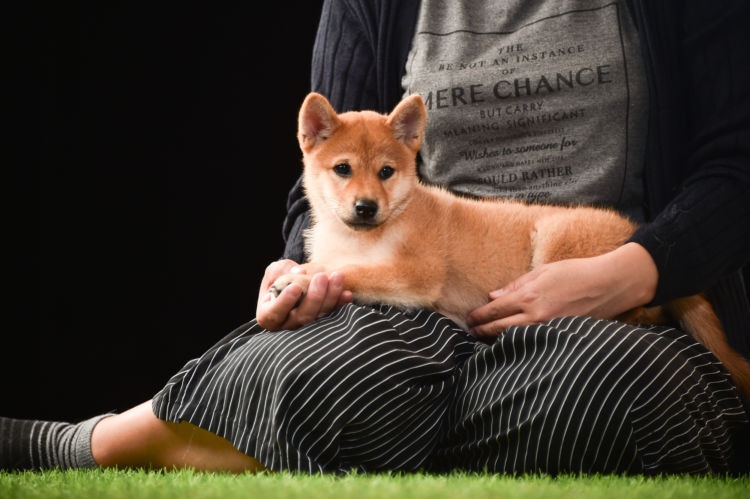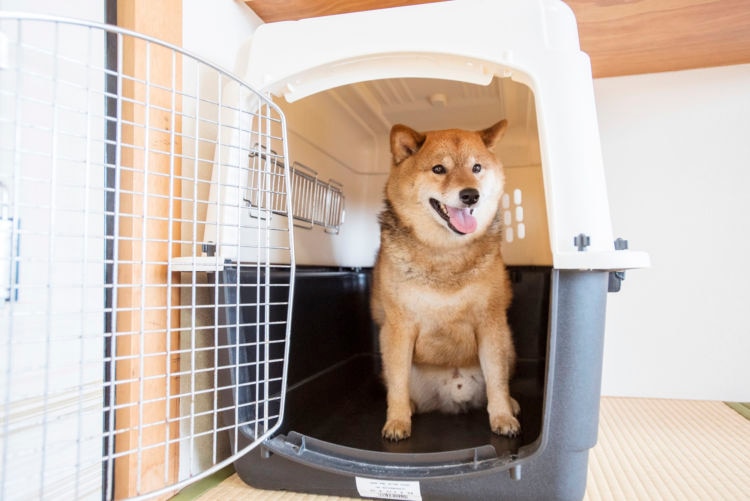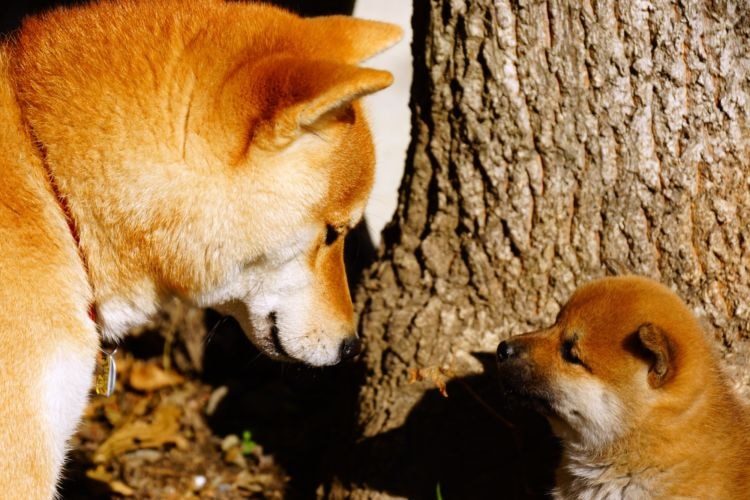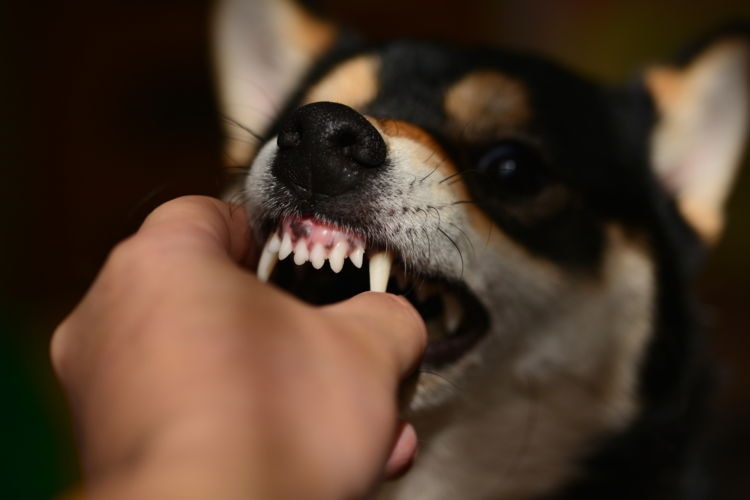Shiba Inus are obedient and have endurance, so they can enjoy outdoor activities with their owners. However, they are also known for having strong territoriality and possessiveness, so many owners may face training issues with their Shiba Inu. Some people may struggle with things like toilet training, barking, or biting. This time, we will explain the timing of Shiba Inu training, what to do from the time the puppy is young, and how to address problem behaviors.
When should Shiba Inu training begin?
It is better to start training your Shiba Inu as soon as possible, ideally the day they come home with you.
Dogs have a faster learning speed than we think, and they quickly absorb what they see and feel. When a dog comes to a new home, they sniff around to get familiar with the smells, listen to the sounds, and observe the reactions of their owners.
The period from 3 to 12 weeks after birth is called the “socialization period” and is an important time when the dog is highly receptive to information and experiences. What kind of experiences a dog has during this period can have a big impact on their life.
Generally, the earliest that a Shiba Inu puppy can come to a new home is around 8 weeks of age (note). There is only a short period of time, about a month, until the puppy is 12 weeks old, so it is good to prepare as much as possible before the puppy comes home.
For six breeds of Japanese dogs, including the Shiba Inu, which are designated as Natural Monuments of Japan, sales are allowed under certain conditions from 7 weeks of age.
Training during the Shiba Inu’s socialization period
It is ideal to start training your Shiba Inu from the day they come home with you. During the “socialization period” of the puppy, it is important to teach them the following points along with discipline:
Socialization of dogs” Getting used to the stimulation of human society.
Socialization of dogs refers to the process of exposing them to various stimuli in order to make them more comfortable living in human society. Many things that may seem insignificant to humans can be frightening for dogs.
Dogs begin to develop a sense of fear after their “socialization period,” so they may approach new things with curiosity before that, but may become afraid to approach them once the fear starts to emerge. From around 8 weeks of age, when puppies are often brought home, to 12 weeks of age is the middle of the “socialization period,” so it is important to expose them to various “sounds,” “objects,” “people,” and “environments” in their daily life.
In addition, it is important to get puppies used to being touched during their socialization period. They will need to have their paws, tail, ears, mouth, and teeth touched for daily health care, and getting used to being touched from a young age will make it less stressful for them when they go to the vet or a grooming salon.
This socialization of dogs does not end with the “socialization period,” so it is also necessary to continue it after the period is over.
Toilet training for Shiba Inus
The most important thing in toilet training a Shiba Inu is creating the right environment. For puppies with a short ability to hold their bladder, it is important to increase their chances of success by “limiting their range of movement” and “knowing their timing for elimination.”
Preventing your puppy from having accidents will lead to more successful experiences and be a shortcut to mastering their toilet training.
Crate (house) training for Shiba Inus
“Crate training” for Shiba Inus is teaching them to see the crate as their own safe place. This is often called “house training” because the command “house” is used, but the image of a “dog house” can be strong and some dogs may not want to go into the crate because they associate it with a larger, more open space like a playpen or circle.
A crate is a sturdy, portable cage that can be used in a car or on an airplane (*1) and is mostly covered, making it dark inside. Playpens and circles, which are commonly used as a puppy’s space or for leaving them alone, are brighter and more open, and often have a space for a toilet and water bowl, but a crate only has enough space for a dog to turn around in (*2).
Important points in crate training include not only ensuring that the dog has a secure place, but also providing a safe and stress-free way to travel to the vet or on trips and to protect them during disasters. By getting puppies used to the crate from an early age, they will have a place to calm down on their own on a daily basis, and they will be able to have more stable, relaxed lives with a clear on and off switch for their emotions. To get puppies used to the crate itself, it may be helpful to start by putting their bed inside a crate with a removable door or roof and gradually getting them used to the crate.
“Gan kami” by a Shiba Inu, towards people, objects, or other dogs.
“During the puppy stage, they satisfy their desire to bite and play by biting and being bitten while playing with their siblings and mother.
This helps them learn how hard they can bite without causing pain. For this reason, it is important for puppies to live with their mother and siblings until they are 8 weeks old.
After a puppy comes home with you at 8 weeks or older, you can use appropriate toys to play with them and satisfy their desire to bite.
It is also important to make sure to keep things that you don’t want them to bite out of their reach.”
“Command training” for Shiba Inu.
“Command training” refers to using specific words or phrases as signals or commands for certain actions. For example, during toilet training, you might say “One, two, one, two” when your dog shows signs of needing to go outside, or say “house” when they are trying to go inside. By consistently pairing words with actions, your dog will eventually learn to recognize and respond to these commands.
It is important to start training your dog during the “socialization period,” but it is not necessary to perfect the training during this time. It is more important to consistently and patiently practice training with your dog, paying attention to their individual needs and progress.
Training differences for shiba inu puppies, adult dogs, and by gender
Generally speaking, training shiba inu puppies is easier than training adult dogs, regardless of gender. Puppies are a blank slate and can be taught from scratch, while adult dogs have past experiences and learning that can greatly influence their behavior, making it more time-consuming and difficult to overwrite old habits and teach new ones.
In terms of gender differences, male shiba inus may tend to have stronger caution and vigilance. This can be due to the influence of male hormones, which can increase aggression and territoriality. In such cases, it may be advisable to discuss with a veterinarian about the possibility of neutering at an appropriate time.
Common problem behaviors in Shiba Inu
Problem behaviors in dogs are actions that may be normal for the dog but cause difficulties or problems for the owner. The causes of problem behaviors in dogs can vary depending on individual differences and living environment, but certain breeds may be more prone to certain behaviors due to their inherent characteristics.
Shiba inus, which are known for being the breed most similar to wolves and having a strong wildness, may exhibit the following behaviors more frequently:
Characteristics and Personality of Shiba Inu Dogs
Shiba inus, being a breed with strong wildness, tend to have a strong sense of caution and want to maintain appropriate distance from people and other dogs. This does not mean that they do not like their owner, but rather that they may not like being excessively touched by people, or may bark at other dogs while on a walk in order to maintain their distance.
They may also exhibit protective behavior towards their possessions, such as food, toys, or beds.
These behaviors are a natural part of the breed’s inherent characteristics and do not necessarily mean that the dog does not like or is aggressive towards their owner.
Proper training and socialization can help mitigate these behaviors and promote positive interactions with people and other animals.
Common problem behaviors in Shiba Inus
“Shiba Inu tend to be “uncomfortable with being touched” and have a strong sense of caution.
If they are uncomfortable with being touched, it can make it difficult to manage their health on a daily basis and lead to delayed detection of illness.
It can also make it difficult for them to receive treatment at the hospital, causing them a lot of stress. To prevent this, it is important to get them used to being touched and receiving health care from people when they are puppies.
When walking with other dogs, barking at other dogs can be reduced by giving them a favorite treat when passing by other dogs, which increases their focus on their owner and reduces their concern for other dogs. As for pulling on the leash during walks, it can be improved by giving treats and having fun walks, or by practicing eye contact.”
Tips and tricks for Shiba Inu training and behavior modification
“The most important thing in dog training is to “know your dog.” By knowing the personality and character of your Shiba Inu, you can come up with training and discipline techniques that will work for them. Instead of scolding them for “not doing something or failing,” it is important to focus on “preventing failure” and “praising them for things that are desirable to the owner.”
For dogs, “praise” is not just about treats. Sometimes, playing with their favorite toy or engaging in an activity they enjoy can be an even greater reward than treats. By observing what your dog is uncomfortable with and what they like, and using those things as rewards, you can broaden the scope of your training.”
“Useful tools for Shiba Inu training and discipline”
Conclusion of Shiba Inu training
“If you open the Shiba Inu in a separate window, be sure to consult with experts such as obedience schools and trainers from the puppy stage, and make opportunities for them to get used to being touched by people and to learn communication with other dogs.
If you are having problems with barking or biting as an adult dog, be sure to consult with an expert before trying to solve it yourself. Incorrect training methods will only worsen the situation. Ask an expert for the correct training method for your beloved dog and practice it.”
